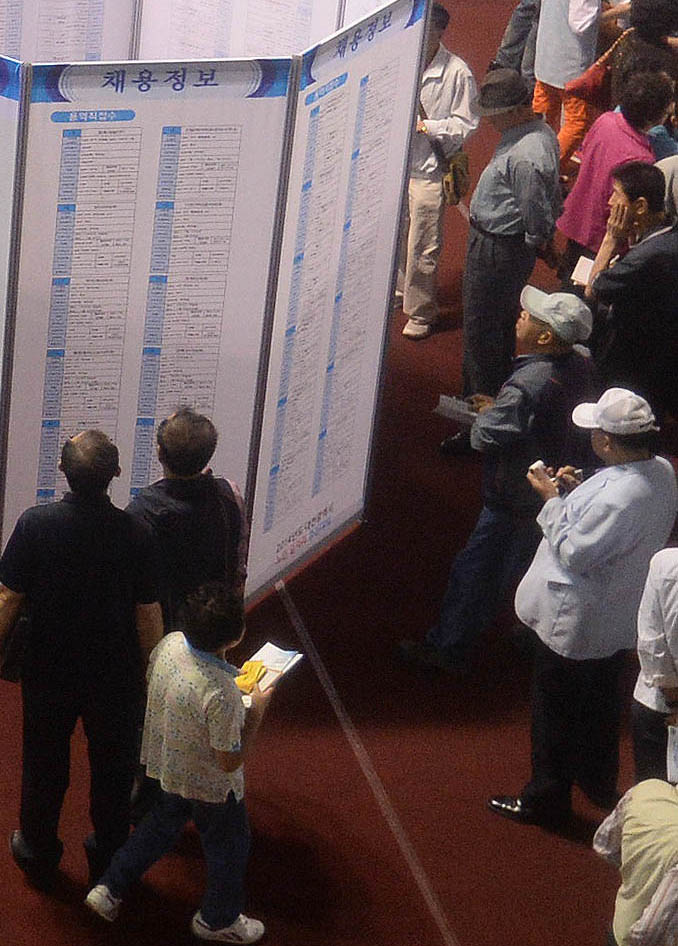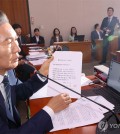- California Assembly OKs highest minimum wage in nation
- S. Korea unveils first graphic cigarette warnings
- US joins with South Korea, Japan in bid to deter North Korea
- LPGA golfer Chun In-gee finally back in action
- S. Korea won’t be top seed in final World Cup qualification round
- US men’s soccer misses 2nd straight Olympics
- US back on track in qualifying with 4-0 win over Guatemala
- High-intensity workout injuries spawn cottage industry
- CDC expands range of Zika mosquitoes into parts of Northeast
- Who knew? ‘The Walking Dead’ is helping families connect
Number of non-permanent employees in S. Korea hits all-time high

The number of ‘non-permanent employees’ in South Korea grew to an all-time high in August, with much of the increase coming from those in their 60s and older. (NEWSis)
The number of ‘non-permanent employees (비정규직)’ in South Korea grew to an all-time high in August, with much of the increase coming from those in their 60s and older, gove
rnment data showed Tuesday.
The number of workers employed on a temporary or time-based contract came to 6.08 million in August, up 2.2 percent, or 131,000, from the same month a year earlier, according to the data by Statistics Korea.
This marked the highest level since the agency started to compile related data in 2002.
The August figure made up 32.4 percent of the country’s total workforce of 18.78 million, slightly down from the previous year’s 32.6 percent, the data showed.
Those in their 40s took up the largest 21.3 percent of non-permanent workers, followed by those in their 50s and 60s with 21.1 percent and 19.5 percent, respectively.
The growth in August comes mostly from those over 60 years old, whose number gained 11.1 percent, or about 118,000, from a year earlier, the data showed.
The number of non-permanent workers in their 30s and 40s, however, declined by 17,000 and 26,000, respectively, over the same period.
The data comes as the government is trying to decrease the overall number of non-permanent workers who tend to feel less secure about their jobs than regular employees. The non-permanent workers have smaller salaries and fewer workplace benefits for similar daily job assignments.
The government is considering revising regulations aimed at encouraging the public sector to hire more workers on a permanent basis and at narrowing the gap in benefits, an effort to prod the private sector to follow suit in decreasing the number of non-permanent workforce.















